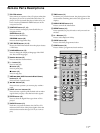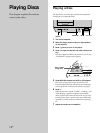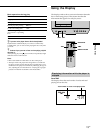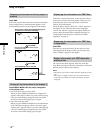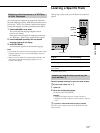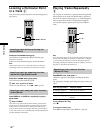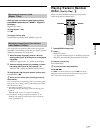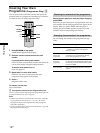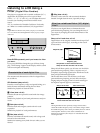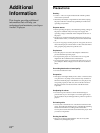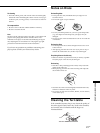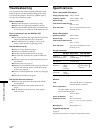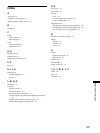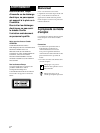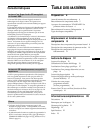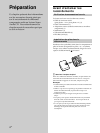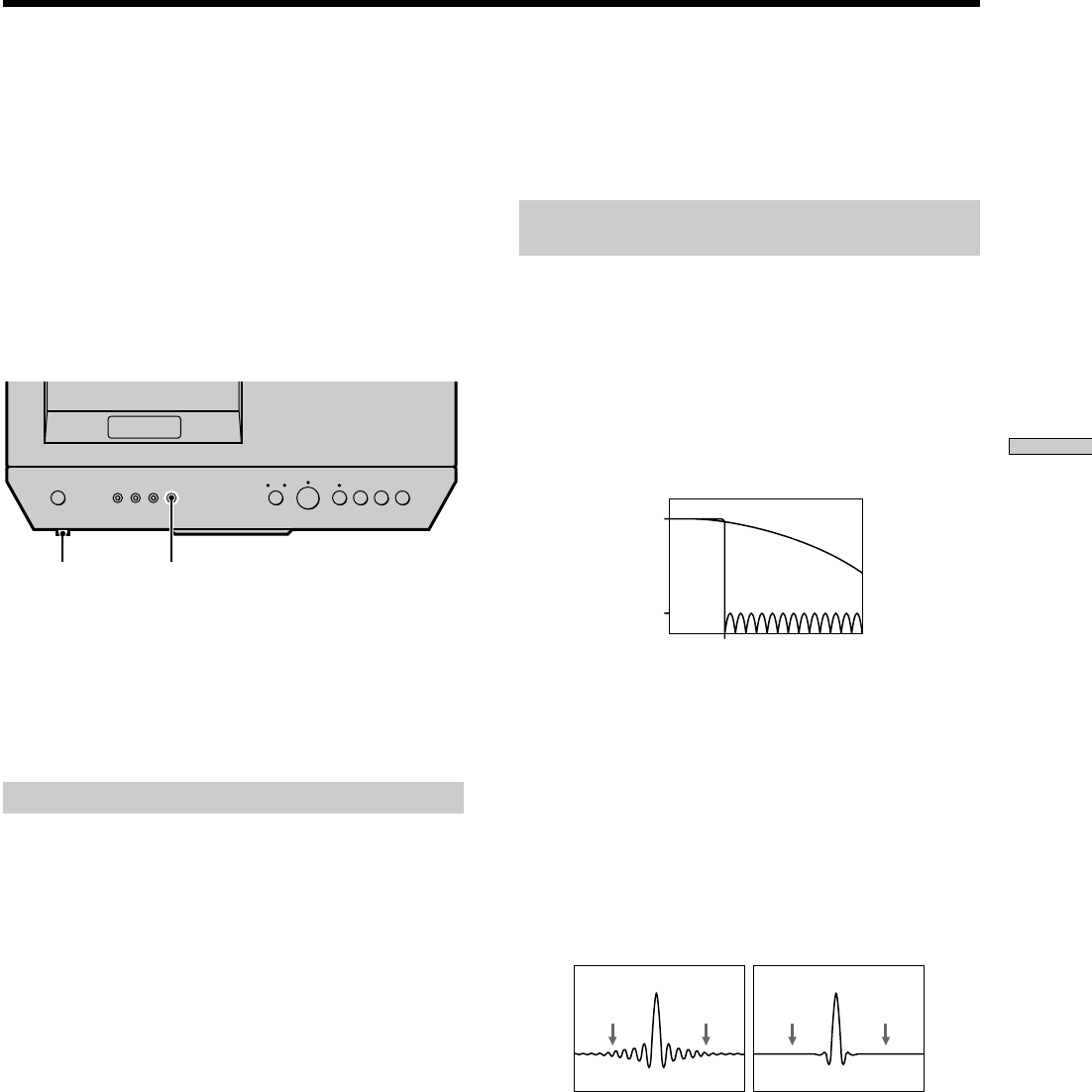
Playing Discs
19
GB
22.05k0
-120
0
TIME TEXTDIGITALDUT FILTER MANUAL SELECTOR
SUPER AUTO CD CD
Listening to a CD Using a
Filter (Digital Filter Function)
This player is equipped with a variable coefficient (V.C.*)
digital filter. By selecting one of five types of filters
(“STD,” “1,” “2,” “3,” and “4”), you can adjust the sound
to match your listening environment and the music
source.
*V.C. is a trademark of Variable Coefficient. For details,
see “What is a variable coefficient (V.C.) digital filter?”
Note
Digital filters are effective only when you play a conventional
CD. You cannot select the digital filter when you play a Super
Audio CD.
Press FILTER repeatedly until you locate the filter
you want.
If you press FILTER to change the type of filters during
play, “D-Fil Setting” appears in the display and the sound
will be interrupted momentarily.
Characteristics of each digital filter
The contents and characteristics of the five digital filters
are as follows:
STD: Standard (sharp roll-off)
Provides a wide frequency range and spatial feeling, as it
holds the most information among the five filters.
Suitable for playback of classical music.
1 : Clear (slow roll-off)
Provides smooth and powerful sound with clear image
position.
Suitable for playback of jazz band performances and jazz
vocals.
2: Plain (slow roll-off)
Provides fresh and energetic sound with rich vocal
expression.
Suitable for playback of vocal performances.
3: Fine (slow roll-off)
Provides well-balanced natural sound, with a large scale
feel and rich reverberation.
Suitable for listening to any kind of music when you are
relaxed.
4: Silky (slow roll-off)
Provides a wide scale feel with associated subtleties.
Suitable for light classical music, especially strings.
What is a variable coefficient (V.C.) digital
filter?
CD players use digital filters to eliminate the noise
generated during sampling. You can change the tone of
your music by changing the cutoff characteristics of the
digital filter.
Sharp roll-off and slow roll-off
Digital filters can be roughly classified into sharp roll-off
types and slow roll-off types, according to their cutoff
characteristics.
Sharp roll-off filters quickly cut off noise over 22.05 kHz
generated during sampling. This is a superior way of
completely reproducing signals below 20 kHz and is the
basic principle behind digital audio.
On the other hand, slow roll-off filters cut off noise
generated during sampling, and are able to hold pre-
ringing and post-ringing (a kind of sound smearing) in
the impulse response signal to a minimum.
Note
The Digital Filter function primarily changes characteristics
outside the audible frequency. They cannot affect changes within
the audible frequency such as those provided by the tone controls
of the amplifier. Therefore, with certain combinations of
hardware and software, there may be no noticeable effect after
switching the filter.
! FILTER
(power)
(Slow roll-off filter)
(Sharp
roll-off filter)
Comparison of impulse response for sharp
roll-off filter and slow roll-off filter
Sharp roll-off filter
Post-
ringing
Pre-
ringing
Slow roll-off filter
Pre-
ringing
Post-
ringing
Frequency (Hz)
Comparison of cutoff characteristics for
sharp roll-off filter and slow roll-off filter
Response (dB)



